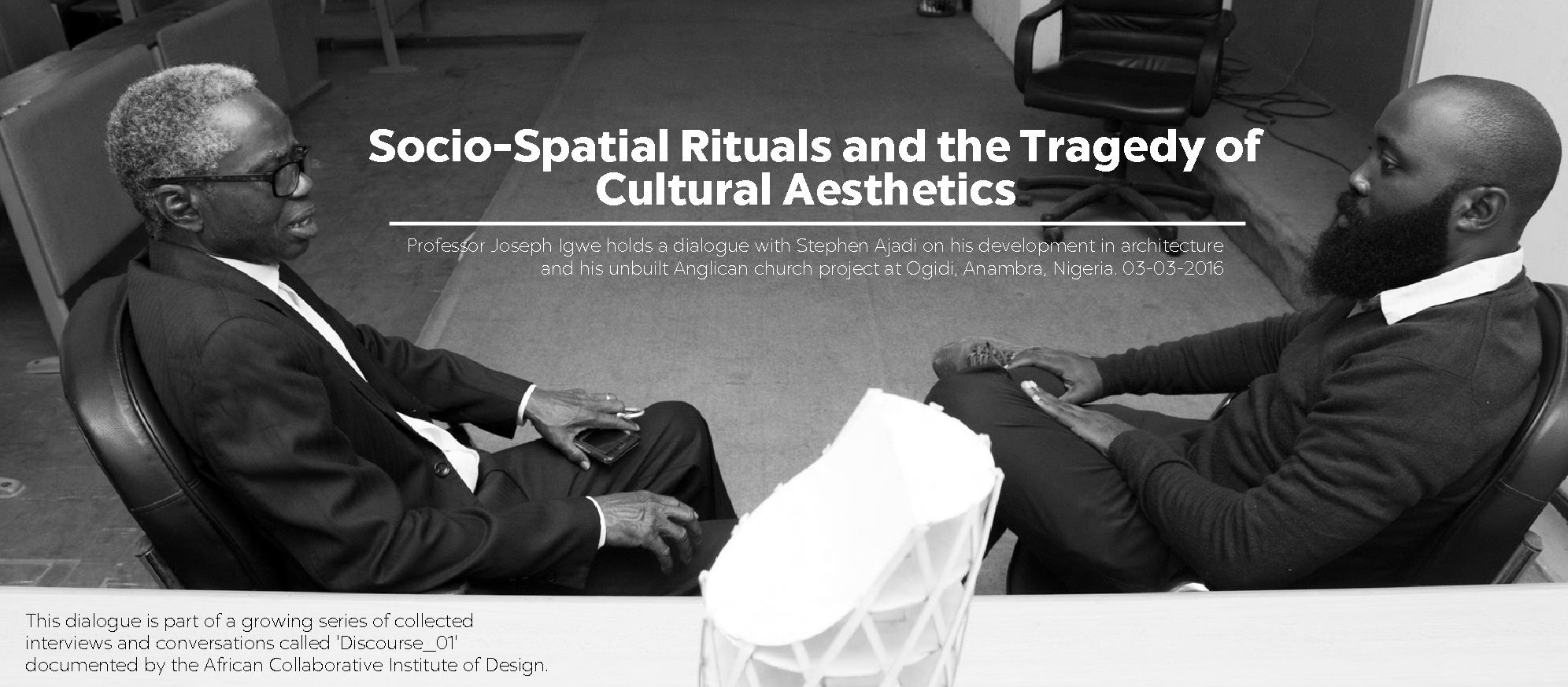Discourse_01 is a growing series of collected interviews and conversations by the African Collaborative Institute of Design (ACID). Here is the first of the series, where Professor Joseph Igwe holds a dialogue with Stephen Ajadi on his development in architecture and his unbuilt Anglican Church project at Ogidi, Anambra. The discussion which took place in 2016, touches on various subjects, from his onset in architecture to his design methodology and lot’s more. The interview is both enlightening and inspiring – with a lot to learn as an emerging architect/designer looking to define his/her career path. Below are some excerpts from the interview,

“I think we will begin to scratch the surface and borrow deep into the workings of religion in urban space if we really take time to understand religion, not only as a movement by certain people in a society but as a parameter and a sort of engine typology that helps in driving the urbanity and ruralism of places. “
On designing religious spaces and how he approaches them,
JI: You seem to be involved with a number of religious buildings.
SA: Yes. I think it’s a phase. I am not too sure though. Religion is a surreptitious parameter of urban dynamism and it hides in plain sight. We all mention it, propagate it, blame it, but we don’t address it as a shaper of our urban and rural space. And there is this notion that we have only 3 religions in Nigeria. A whole lot of belief sets are grouped under the tag ‘traditional worship’. Is there any religion that is not propelled through time, through people? Do these people not have culture and hence traditions? I think we will begin to scratch the surface and borrow deep into the workings of religion in urban space if we really take time to understand religion, not only as a movement by certain people in a society but as a parameter and a sort of engine typology that helps in driving the urbanity and ruralism of places. This involves deep dives through religious history with new lenses, new methods of looking at theology and urban or rural space. This is the hard work; I guess this is why many don’t want to be involved in it. I mean it is much easier to just design a church or a mosque or a shrine and have it built and that’s that. But if it’s done this way, it’s just another building, it does not address anything within its character. It does not form a collective embedded in culture and space or other important things. We decide to do this hard work: this is part of what we try to do with each religious project…they are however highly socio-culturally inclined.
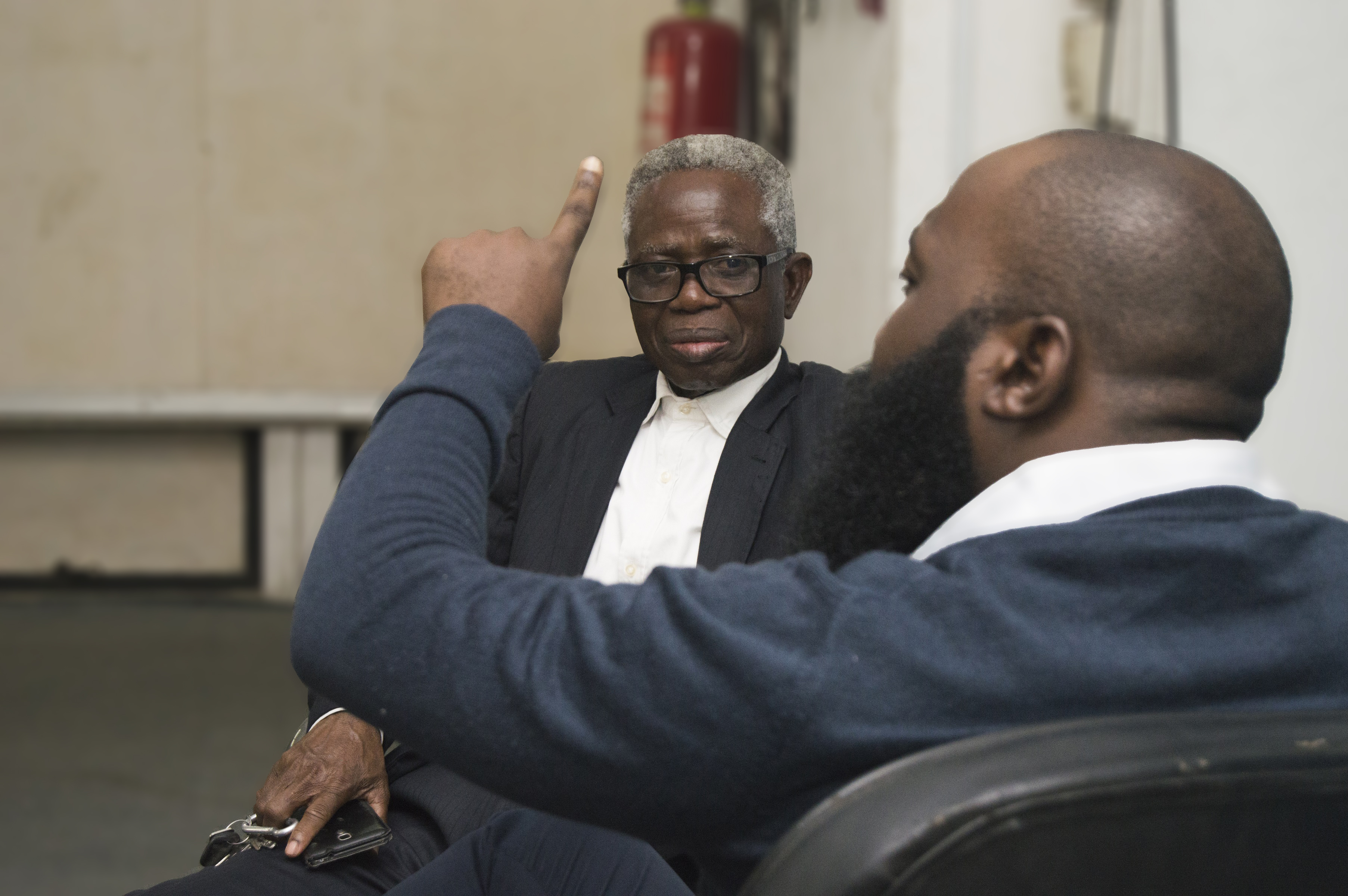
On the idea of architecture as common knowledge and how it can be rightly channelled,
JI: The idea of the architecture as common knowledge is both something I dream of and fear at the same time. I think it’s a good thing, if many people know it. Then, the few architects won’t have to be over dextrous in describing it to the client who might not get it. That is not even a problem, the client-architect boundary sometimes has easy way-outs. The problem I think is the fact that people are too familiar with buildings and they think its architecture. Architects speak with so much uncertainty but yet with direction. It’s strange to hear people say they know exactly what architecture is, even though we all do…we still don’t. Do you get me?
SA: People mistake familiarity for knowledge, sometimes false familiarity at its worst. I think the slow growth of architecture sometimes is a blessing, architecture seems to progress so slow, but cautiously. For instance, photography is 177 years old, extremely younger than architecture. It is almost astonishing to see how fast it has grown. Now just about anyone who holds a camera is a photographer. This I think, is both true and false at the same time. A camera carrier seems to have the potential of being a photographer, it does not necessarily mean that he or she is. I personally do not even think one needs a camera to start learning photography at first. I think photography is somehow suffering the same way architecture is, only at a much smaller scale. The same problem of familiarity persists—because a person lives in a house, he or she therefore implies, or worse, declares the total knowledge of what a wall or a window is.
JI: Does that mean people’s opinion about houses do not matter.
SA: Of course they do…it means their opinions must be rightly directed and channelled. A lot is learnt from how people relate to buildings, even architecture. It’s like the case of a doctor and a patient. A doctor learns the symptoms from the patient who provides a platform for the doctor to diagnose from. The patient however, has little or no opinion in how to make the illness go away. The patient’s opinion is needed to formulate the premise for the medicine but most likely not needed in the making, handling, administration or management of the medicine.
JI: So opinions of people set a stage for the development of your work?
SA: I will say more of the reactions of people and how their activity is being configured and reconfigured by architecture and the built environment in relation to what I am about to do. You can say their unconscious opinions, they are usually the purest, but still opinions nonetheless. People are very important to my work.
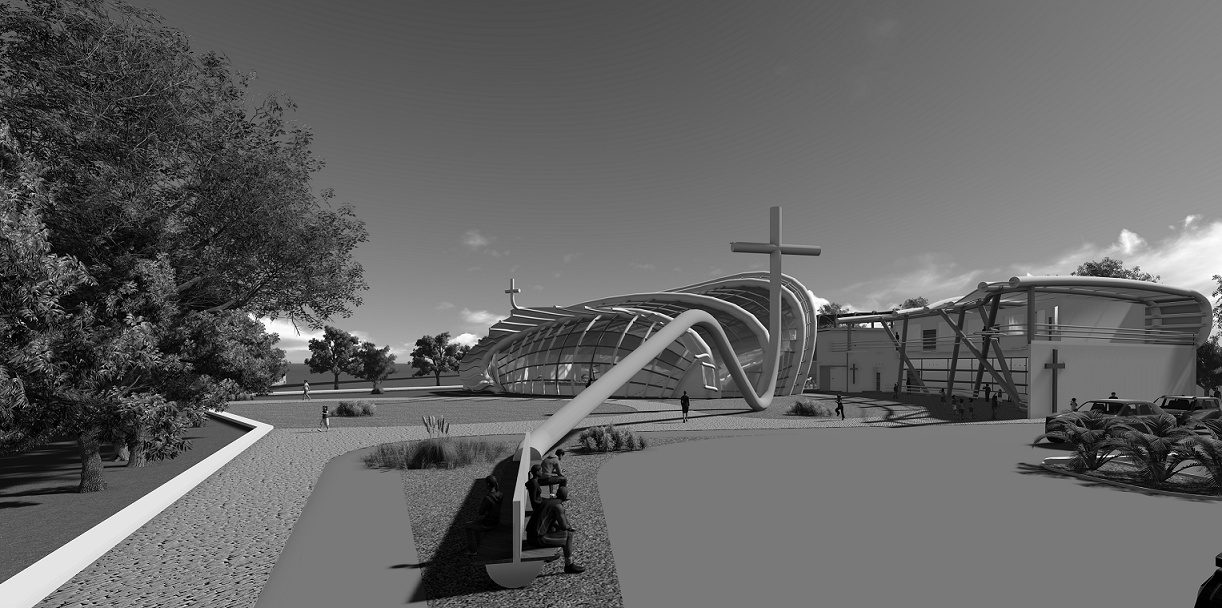
On designing the Ogidi Anglican church, his methodology and approach,
JI: Tell me about the Ogidi Anglican church, what was the process like?
SA: I can only say so much detail about the generation of the work, the process wasn’t formal, so many things were all over the place, it was messy, complex and sometimes even out of control. I remember my ideas more clearly now because the project narrates them to me all over again in a more polished form. And from these ideas I will attempt to tell you about the project.
JI: Whichever way you choose should be fine.
SA: The brief was brought forward by Jerry Obiefuna, an Architect who is an indigene of Ogidi. The project is of a religious typology: An Anglican church in the middle of a town in Anambra state, Nigeria. It is meant to be the central place of worship for Anglicans in the town. The project however is influenced by a wide array of parameters, forces so to say, pushing and pulling the brief in all directions. There is a market and a town hall to the east that both reverberated their own energies towards the site. There is the strong Anglican presence, the traditional beliefs, there are more natural forces like the wind, the sun and its feel on the houses, on the face of the people, on the sand. There are of course people who moved from place to place, workers, traders, students. There are loose domestic animals along roads. The alternate sharp and curved bends in the roads, the informal footpaths and where they connected. There were a whole lot of stuff that needed analysis and synthesis towards a crystallisation into an artefact.
JI: Your description is detailed and expressive. How did these things influence the work?
SA: Well, I saw the project as a place for a ritual, a ritual of a kind of worship. I also looked at it in connection and relation to other known and unknown rituals in Ogidi, the ones I could control. I saw some of these forces as unpredictably repetitive phenomena. This enabled me to formulate an approach. I looked at how all the parameters played into the site. Sacredness was a key notion and I tried to figure out how it could be used as a narrative of worship through time.
JI: What was the approach?
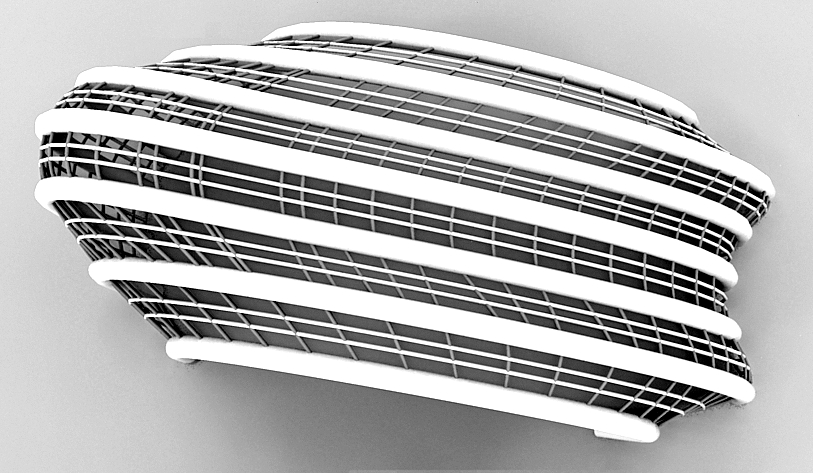
SA: The approach is basically what I just said…in a bit more detail, the effort to achieve it changed a number of times. At first I decided to quantify the forces and calibrate them in my program according to my notion. Later I concluded on a deeper idea as the idea of Anglicanism came into the picture. The 7 curved piers formed the basis from which the project progressed and they were generated biomimetically idea of the nucleosome was re-enacted in the responsibility of the piers. The piers packed and delivered services to the space it enclosed just like a nucleosome works with histone protein cores. I worked with 7 piers as an allusion of the seven ecumenical councils upon which the doctrine of Anglicanism was based. The piers contribute to structure space in relatively new ways I carried this idea through the process.

JI: So you mimicked nature?
SA: Just a bit, though it is remotely as simple as it sounds. It was only method of actively relating the pipe piers with the space, I sought a similar scenario and found it in the biology of the nucleosome, some of my findings optimised the spatial and service articulations of the building.
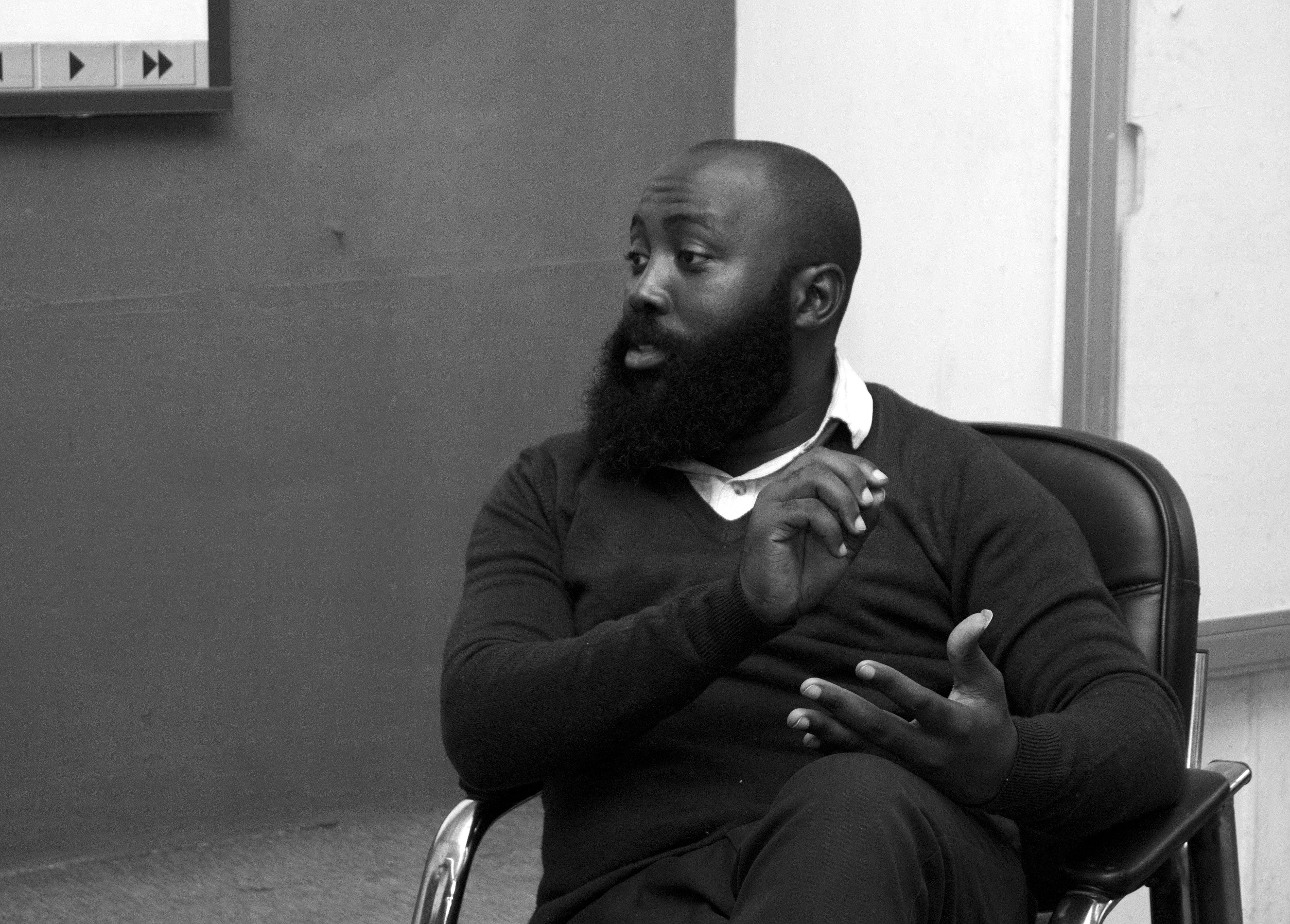
On what ACID is about,
JI: Well you have also talked about your current inclinations and what you are working on now. You mentioned ACID, what’s it about?
SA: ACID actually means the African Contemporary Institute of Design. I started it in 2011 when the desire to experiment with architecture grew to a point that it became uncomfortable. It has now grown into a small team of people who think about pushing the current limitations and tendencies of architecture and design using a very motely multiplicity of ideas through consultancy, direct projects, commissioned research, general publications, lectures, seminars and workshops. It now has an architecture outfit integrated to it that works on architecture projects in collaboration with ACID and other similar platforms.
You can read the rest if the interview here courtesy of African Collaborative Institute of Design (ACID). If you would like to find out more about ACID and stay updated with their activities, you can follow them here.
Image credit – Ayeni Jide.



